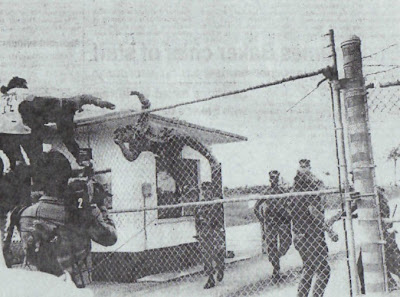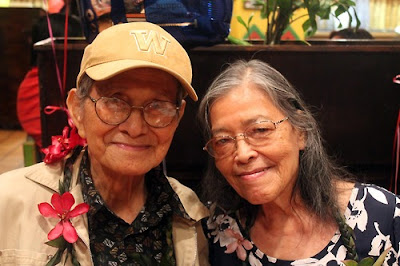Tinestigu-hu put Resolution 228-34
My testimony from earlier today at the Guam Legislature. I made it a point to write and deliver my testimony gi Fino' Chamorro. Crafting this testimony was difficult in Chamorro as these are all ideas and concepts I am used to articulating in English, but rarely in Chamorro. I figure though that for each time some important issue is discussed at the Legislature in a public hearing, I should try my best to testify in Chamorro and hopefully others will follow suit, even if just mixing Chamorro and English together or saying part of their remarks in Chamorro. It was very inspiring to see so many people gathered for a resolution sponsored by Senator Telena Nelson calling for a halt to the construction of the firing range at Litekyan. I was fortunate to be the second person to speak, as others waited for hours. ************* --> Buenas yan Håfa Adai, I na’ån-hu si Michael Lujan Bevacqua. Hu tutuge’ este na tinestigu-hu komo taotao gi kumunidåt. Ti hu kuentusisiyi i i





